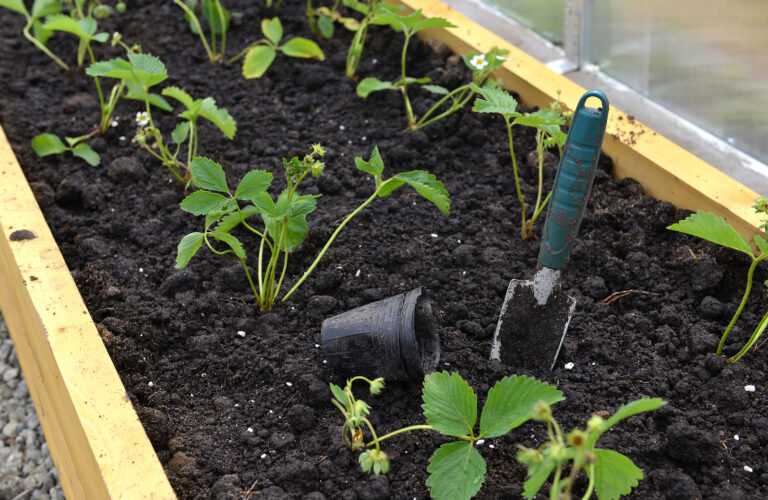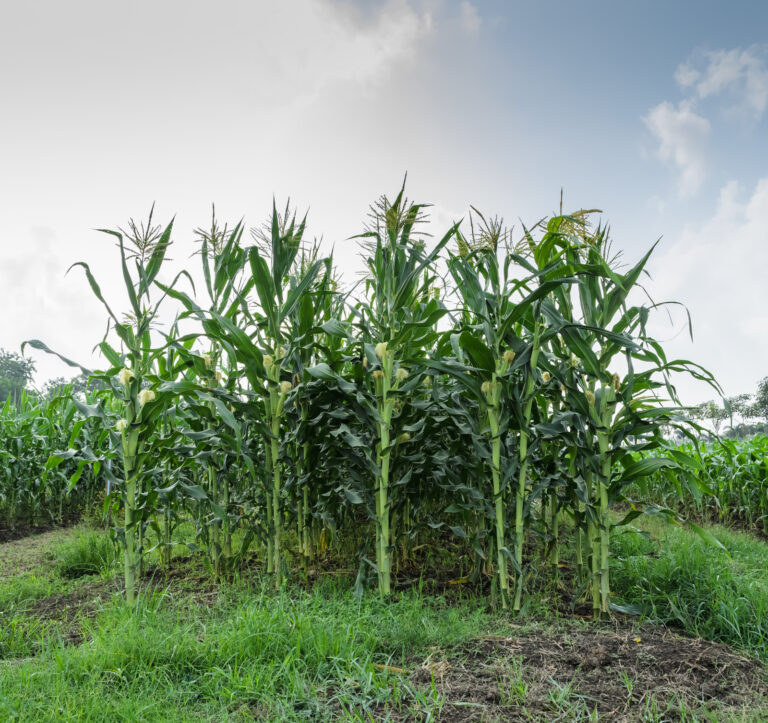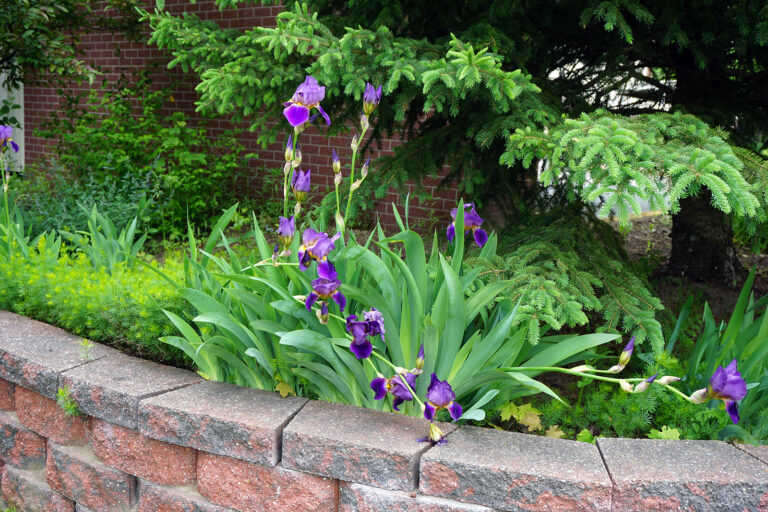Safe Flowering Plants to Add to the Vegetable Garden for Pollination, Beneficial Insects, or Beauty
Flowers belong in the vegetable garden just as much as food crops. Beyond their beauty, flowering plants support a living, resilient ecosystem—drawing in pollinators, sheltering beneficial insects, improving yields, and helping keep pests in check. After more than 30 years of vegetable gardening, I’ve found that mixing specific flowers into beds and borders consistently improves both plant health and harvest quality.
Below are dependable, safe flowering plants—non-invasive, non-toxic, and widely compatible with common vegetables—that you can confidently add to your garden.
Why Add Flowers to a Vegetable Garden?
1. Stronger Pollination
Vegetables like squash, cucumbers, melons, peppers, and tomatoes rely on pollinators to set fruit. Flowers create a nectar-rich corridor that keeps bees actively working in your beds.
2. More Beneficial Insects
Lady beetles, lacewings, hoverflies, parasitic wasps, and predatory beetles need nectar and pollen at some stage in their life cycle. Flowering plants supply the consistent food source they rely on.
3. Natural Pest Reduction
A diverse garden makes it harder for pests to dominate. Flowers that support predatory insects and parasitic wasps help reduce aphids, whiteflies, mites, and caterpillars.
4. Season-Long Beauty
Adding color to vegetable rows makes the garden a more enjoyable place to work. Flowers also help visually mark succession plantings and relay crops.
Safe Flowering Plants for Vegetable Gardens
1. Calendula
- Benefits: Attracts hoverflies, predatory beetles, and pollinators. Sticky petals trap small pests.
- Where to plant: Ends of beds or between tomatoes, brassicas, or lettuces.
- Extra: Petals are edible and excellent in salads.
2. Marigolds (Tagetes species)
- Benefits: Attract pollinators, repel some soil pests, and improve garden diversity.
- Where to plant: Around tomatoes, peppers, beans, squash, and potatoes.
- Extra: Not all marigolds deter nematodes, but they do attract beneficial insects.
3. Nasturtiums
- Benefits: Powerful aphid attractant (trap crop), edible flowers, attracts pollinators.
- Where to plant: At bed edges or trailing from containers.
- Extra: Excellent for mixing with summer vegetables.
4. Sweet Alyssum
- Benefits: One of the best plants for attracting hoverflies, which devour aphids.
- Where to plant: Between lettuce, brassicas, or along path edges.
- Extra: Long bloom season keeps beneficial insects active.
5. Zinnias
- Benefits: Attract butterflies, bees, and predatory insects.
- Where to plant: Back of beds, borders, or behind trellises.
- Extra: Great cut flowers that don’t interfere with crops.
6. Sunflowers
- Benefits: Bring in pollinators and birds; can provide light shade for lettuces or cool-season crops.
- Where to plant: North edge of beds or as a vertical accent.
- Extra: Choose branching varieties for continuous bloom.
7. Phacelia (Lacy Phacelia)
- Benefits: A pollinator magnet; feeds bees from early to late season.
- Where to plant: As a border or cover crop before warm-season vegetables.
- Extra: Feathery foliage blends well into a vegetable bed.
8. Borage
- Benefits: Bees adore it; flowers feed beneficial insects.
- Where to plant: Between tomatoes, squash, and melons.
- Extra: Edible blue flowers taste like cucumber.
9. Lavender
- Benefits: Strong attractor of bees, especially bumblebees.
- Where to plant: Path edges or perimeter beds.
- Extra: Drought-tolerant and long-lived.
10. Cosmos
- Benefits: Provides nectar for predatory wasps and butterflies.
- Where to plant: Back of beds or in borders.
- Extra: Airy foliage doesn’t crowd vegetables.
How to Integrate Flowers into the Vegetable Garden
Use Them as Bed Anchors
Plant marigolds or calendula at the front corners of each raised bed for structure and color.
Interplant With Vegetables
Tuck sweet alyssum beside lettuce or kale; add nasturtiums along squash vines or cucumber mounds.
Create Flower Strips
A 12–18 inch strip of zinnias, cosmos, or phacelia along one edge of the garden creates a pollinator corridor.
Grow Flowers Upward
Use arches, fences, and trellises for climbing flowers like nasturtiums or edible flowers such as scarlet runner beans (safe and edible).
Stagger Bloom Times
Choose early-, mid-, and late-season flowers to maintain a steady nectar source all year.
Final Thoughts
A vegetable garden thrives when it’s treated as a living ecosystem. Adding safe, friendly flowering plants isn’t just about beauty—though it certainly brings plenty of that. You’re supporting pollinators, feeding beneficial insects, reducing pests naturally, and increasing yields with almost no extra work. Even a few well-placed flowers can transform a garden’s health and productivity.
Companion Flower Chart for Pollination, Beneficial Insects & Beauty
| Flower | Primary Benefit | Attracts / Supports | Best Placement in Vegetable Garden |
|---|---|---|---|
| Calendula | Beneficial insects & pest suppression | Hoverflies, predatory beetles, bees | Bed corners, between tomatoes, brassicas, or lettuces |
| Marigold (Tagetes) | Pest support & pollination | Bees, predatory insects | Around tomatoes, peppers, beans, squash, potatoes |
| Nasturtium | Trap crop + pollinators | Aphids (trap), bees | Bed edges, trailing from containers, along squash hills |
| Sweet Alyssum | Strong beneficial insect support | Hoverflies, parasitic wasps | Interplanted with lettuce, broccoli, kale; along paths |
| Zinnia | Pollinators & cut flowers | Bees, butterflies | Borders, behind trellises, back of beds |
| Sunflower | Pollinators + bird habitat | Bees, birds | North edge of beds; vertical accents |
| Phacelia | Pollinator magnet | Honeybees, native bees | Border rows, cover crop strips |
| Borage | Pollinators & beneficial insects | Bees, parasitic wasps | Near tomatoes, squash, cucumbers, melons |
| Lavender | Pollinators | Bumblebees, honeybees | Path edges, perimeter beds |
| Cosmos | Beneficial insects | Parasitic wasps, butterflies | Back of beds, borders |
| Chamomile | Beneficial insects | Hoverflies, predatory wasps | Interplanted near brassicas and onions |
| Bee Balm (Monarda) | Pollinators | Bees, hummingbirds | Perimeter beds, moist areas |
| Scarlet Runner Bean (edible) | Pollinators & vertical beauty | Bees, hummingbirds | Trellises, arches, fences |
| Tithonia (Mexican Sunflower) | Pollinator powerhouse | Butterflies, bees | Back borders, open sunny edges |
| Cosmos Sulphureus | Heat-tolerant beneficial insect support | Bees, wasps | Hot, dry borders or bed edges |
| Bachelor’s Buttons (Cornflower) | Pollinators & beauty | Bees, predatory insects | Early-season borders |
| Gaillardia (Blanket Flower) | Long-blooming pollinator plant | Bees, butterflies | Dry, sunny border edges |
| Yarrow | Beneficial insects | Lady beetles, lacewings | Perennial bed edges, sunny borders |
| Verbena bonariensis | Airy pollinator magnet | Bees, butterflies | Back of beds, between tall vegetables |
How to Use This Chart
1. Add 2–3 Flower Types per Bed
A mix of calendula, alyssum, and nasturtiums works beautifully in most raised beds.
2. Create a Pollinator Corridor
Plant a strip of zinnias, cosmos, phacelia, or sunflowers along the southern or eastern edge of your garden.
3. Interplant for Pest Control
Alyssum, chamomile, and yarrow draw beneficial predators into brassica and lettuce beds.
4. Use Height for Structure
- Tall flowers: sunflowers, tithonia, cosmos
- Medium: borage, marigolds, calendula
- Low: alyssum, nasturtiums
This keeps vegetables from being shaded while maintaining diversity.





